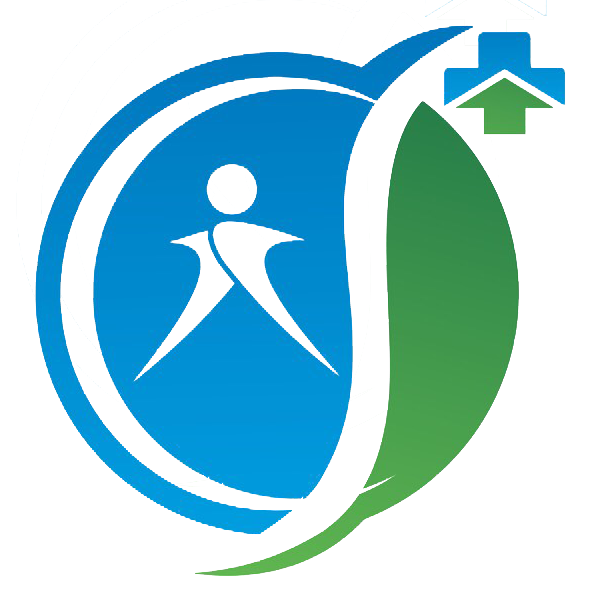Barriers to Successful eMAR Implementation: From Cost to Data Entry

Barriers to successfully implementing Electronic Medication Administration Records (eMARs)
Cost:
One of the biggest barriers to implementing eMARs is the cost involved. The initial investment in software, hardware, and training can be substantial, and ongoing costs for maintenance and upgrades must also be considered.
Technical Challenges:
Integrating eMARs with existing systems, such as electronic health records, can be challenging and require significant technical expertise. There may also be compatibility issues with existing systems and hardware, which must be addressed before implementation.
Resistance to Change:
Some healthcare providers may resist the switch from paper-based to electronic records and may require significant training and support to fully embrace the new system.
Data Security and Privacy Concerns:
The protection of patient data is of utmost importance, and eMARs must be designed with robust security measures to ensure the protection of sensitive information.
User Adoption:
Ensuring that all healthcare providers are comfortable and proficient in using the eMAR system is essential for its success. User adoption may be hindered by a lack of training, technical difficulties, or resistance to change.
Maintenance and Support:
Ongoing maintenance and support of the eMAR system is crucial for its success, and adequate resources must be allocated to ensure the system is functioning optimally.
Integration with Other Systems:
Integrating eMARs with other systems, such as laboratory information systems and pharmacy information systems, can be challenging and requires careful planning and coordination.
Regulatory Requirements:
The implementation of eMARs must also meet all relevant regulatory requirements.
Lack of Standardization:
The lack of standardization in the eMAR industry can make it difficult for healthcare organizations to choose the best system for their needs. There is a wide range of eMAR systems available, and it's essential to carefully research and compare the different options to find the best fit.
Lack of Accurate Paper Records:
Many healthcare organizations struggle with the transition from paper-based records to eMARs due to the lack of accurate and up-to-date paper records. It's important to thoroughly review and update paper records before implementing eMARs.
Data Entry Challenges:
Data entry into an eMAR system can be time-consuming and challenging, especially for care providers with a large volume of paper records. It's important to allocate sufficient resources and staff to manage the data entry process.
Lack of Complete Information:
eMARs rely on complete and accurate information, such as the route, dose, frequency, and reason codes for each medication, as well as the accurate medication names, prescriber notes, and schedules of medication. Ensuring that all necessary information is entered into the eMAR system can be a challenge.
Measuring Accuracy:
Measuring the accuracy of eMARs can be difficult, especially for providers transitioning from paper-based records. It's important to establish clear metrics and processes for measuring accuracy, as well as regularly reviewing and updating the system.
Successfully implementing eMARs requires careful planning and preparation, as well as a willingness to overcome the various barriers that may arise.
Despite the challenges, the benefits of eMARs, including improved accuracy, real-time access to information, and enhanced patient safety, make the transition well worth it.
By addressing the barriers to implementation and working closely with a trusted eMAR provider, healthcare organizations can successfully transition from paper-based to electronic medication administration records, leading to improved patient care and increased efficiency.
At Caresuccess, we have specific digital tools that can ease the burden of transition from a paper based MAR to a digital medication system and simplified the process of creating a client's medication record simple.
Let's chat.
